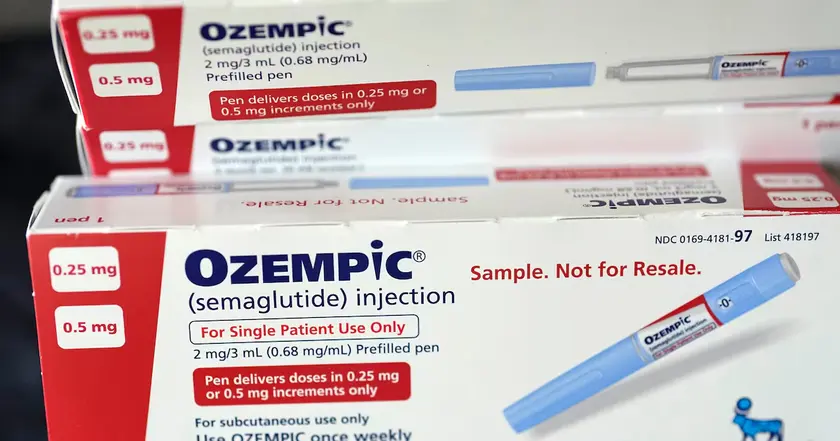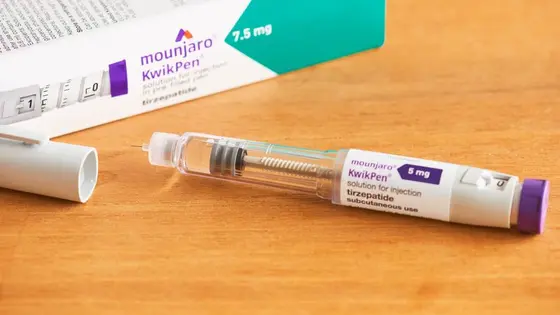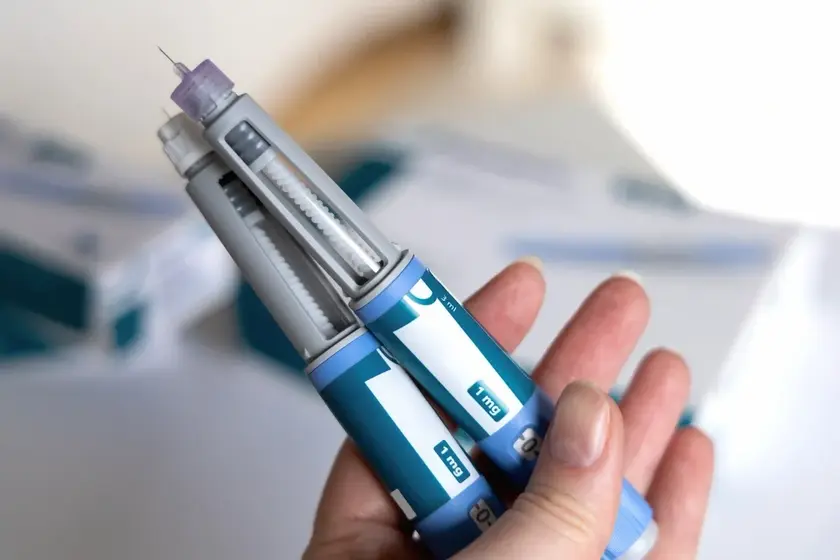T4K3.news
Weight loss drugs tied to labia changes
Reports describe changes in the labia among some users of GLP-1 medicines such as Ozempic, Wegovy, and Mounjaro; manufacturers emphasize safety and proper medical oversight.

A wave of anecdotes about new body changes linked to GLP-1 weight loss drugs prompts questions about safety and medical guidance.
Weight loss drugs trigger changes to the labia and related areas
Reports circulating on social media describe women who say their labia and vaginal sensations have changed after starting GLP-1 medicines such as Ozempic, Wegovy, and Mounjaro. The term Ozempic vulva is not an official medical term and is not listed as a side effect by manufacturers. Novo Nordisk says patient safety is their top priority and recommends these medicines only for approved indications and under professional supervision; they also encourage patients to report side effects to the MHRA Yellow Card scheme.
Experts caution that these accounts are anecdotal and may reflect rapid weight loss effects on body tissue rather than a common reaction. Posts on Reddit and other platforms have amplified the discussion, but clinicians stress the need for personalized medical advice. The broader point remains: weight loss medicines can aid health, yet they are not a magic fix and ongoing safety monitoring is essential.
Key Takeaways
"It may result in visible sagging of the labia or vagina because of overall fat and volume loss."
Dr Michael Tahery explains the mechanism behind reported changes.
"We recommend patients take these medications only for their approved indications and under the supervision of a healthcare professional."
Novo Nordisk statement to patients.
"This is about safety and care, not sensational headlines."
Editorial reflection on responsible reporting.
"Patients deserve clear safety data and compassionate care."
Editorial closing on patient experience.
These stories show how medical side effects travel through online networks. The speed of weight loss and the visibility of bodily changes can magnify worry and invite misinterpretation. Health communicators should translate patient experiences into evidence, not alarm.
There is also a case for better clinical guidance. Doctors need to listen to concerns, explain potential mechanisms, and distinguish between speculative reports and confirmed safety signals. Regulators will likely continue gathering real world data to balance patient needs with rigorous safety standards. The conversation touches gender, health, and trust in pharmaceutical messaging, highlighting the ongoing challenge of responsible reporting in a crowded social media landscape.
Highlights
- Slimming down should not redefine your body in surprising ways
- Patients deserve safety data not shock stories
- Medicine changes lives safety checks must keep pace
- We need real world data to guide care for GLP-1 therapies
Public reaction and safety concerns
The topic touches body image and medical side effects, raising potential for sensationalism online and misinterpretation. Clear safety data and careful communication are needed as regulators collect real-world data.
Safety data will guide the next steps as clinicians and regulators monitor real world outcomes.
Enjoyed this? Let your friends know!
Related News

Ozempic linked genital changes fuel cosmetic demand

Ozempic vulva reports prompt safety review

Teens weight loss injections raise safety concerns

Ozempic linked to possible muscle weakness

Weight loss jabs missteps may limit results

Rising MASLD affects millions in the UK

Lilly raises UK Mounjaro price amid US pressure

Mounjaro price hike hits private buyers
